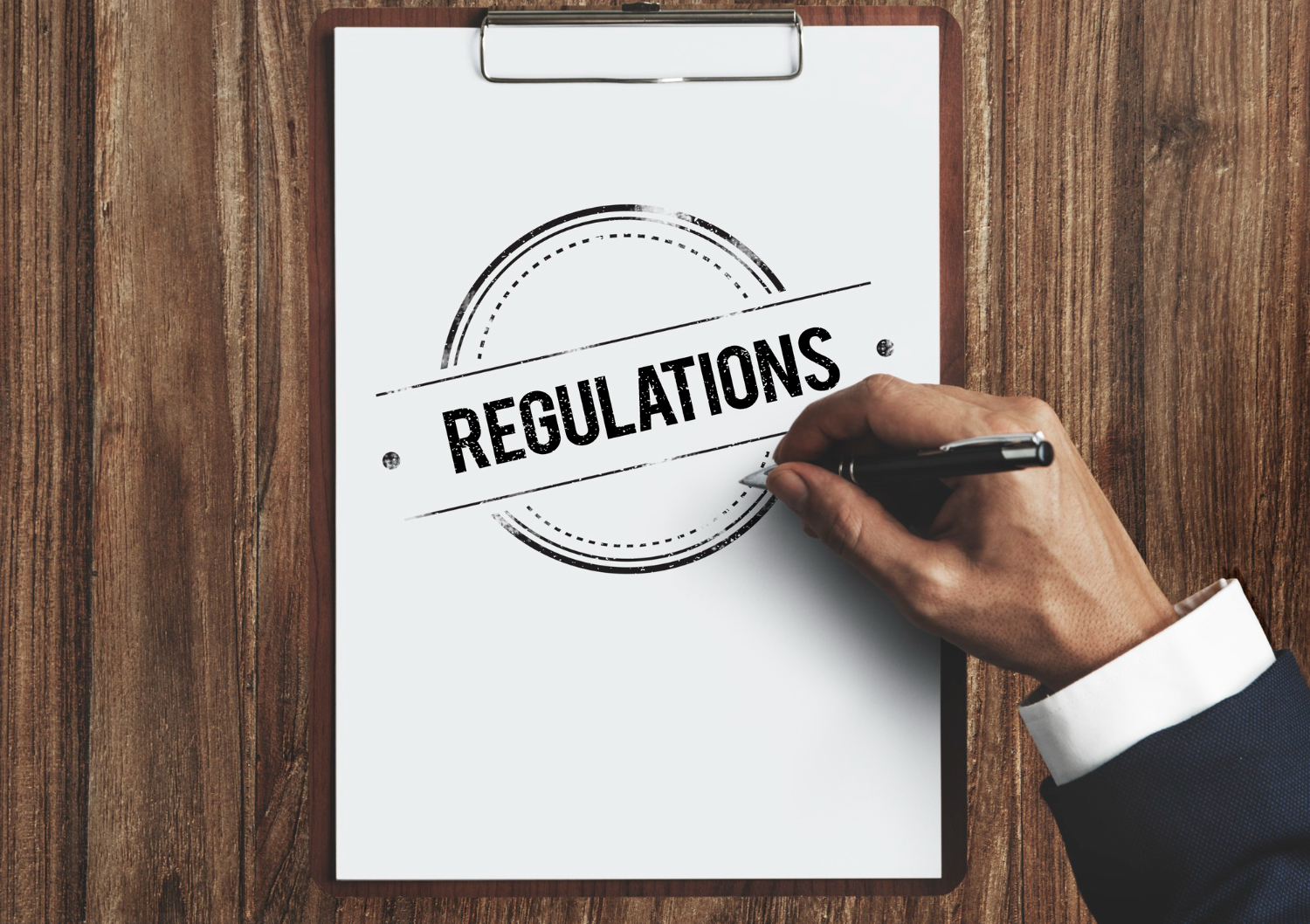Fragrances are a core component of countless cosmetic products, but not all aroma chemicals are deemed safe for consumers. In the European Union (EU) and European Economic Area (EEA), the use of fragrance ingredients is tightly regulated under Regulation (EC) No. 1223/2009. This ensures that ingredients in cosmetics are evaluated for safety, allergenicity, and toxicity. With growing attention to consumer health, numerous fragrance materials have been banned or restricted over time. Here’s a closer look at the current rules and what they mean for the cosmetics industry.
Key Categories of Fragrance Regulations
- Banned Ingredients
Fragrance ingredients that are considered unsafe or pose significant health risks are completely prohibited under Annex II of the EU Cosmetics Regulation.
Notable Examples:
- Lilial (Butylphenyl Methylpropional): Once widely used in perfumes, this ingredient was banned in 2022 after being classified as a CMR substance (carcinogenic, mutagenic, or reprotoxic). We no longer stock Lilial but sell our own replacer accord.
- Linalool Hydroperoxides: Oxidized forms of linalool, a common fragrance compound, are banned due to their potential to trigger allergic reactions.
- Natural Extracts Containing Allergens: Ingredients like oakmoss and tree moss extracts are prohibited in their natural form if they contain specific allergenic compounds such as atranol and chloroatranol.
These bans reflect the EU’s strict approach to safeguarding consumers against exposure to hazardous substances.
- Restricted Ingredients
Some fragrance materials are allowed in cosmetics but only within defined limits and under specific conditions, as outlined in Annex III.
Examples of Restricted Fragrance Ingredients:
- Coumarin: Known for its sweet aroma, coumarin is restricted due to its allergenic potential.
- (+)-Camphor: Permitted in controlled concentrations, camphor requires labeling if its concentration exceeds 0.001% in leave-on products or 0.01% in rinse-off products.
- Essential Oils and Extracts: Certain essential oils are restricted due to the presence of sensitizing components. For example, vetiver oil is under review for concentration limits in leave-on and rinse-off cosmetics.
The EU’s Scientific Committee on Consumer Safety (SCCS) evaluates these substances and recommends safe usage thresholds.
Emerging Trends and Pending Updates
The EU is also reviewing an expanded list of allergens. The SCCS has identified 129 fragrance ingredients that may require mandatory labeling in the future, up from the current list of 26. This includes substances classified as contact allergens based on human or animal studies. If implemented, this would require additional transparency from cosmetic manufacturers.
Why These Regulations Matter
Fragrance allergens and toxic substances in cosmetics can pose risks ranging from mild irritation to severe allergic reactions or long-term health effects. By enforcing strict rules, the EU ensures that products on the market prioritize consumer safety. However, these regulations also pose challenges for businesses, including reformulating products to comply with bans and restrictions.
How to Stay Compliant
For brands operating in the EU or EEA, it’s essential to:
- Regularly check updates to Annex II (banned substances) and Annex III (restricted substances).
- Conduct rigorous safety assessments of fragrance formulations.
- Collaborate with suppliers to source compliant materials.
- Monitor opinions and guidance from regulatory bodies like the SCCS and the International Fragrance Association (IFRA).
Conclusion
The EU and EEA’s regulations on fragrance ingredients represent a proactive approach to protecting consumers. As more research emerges on the safety of aroma chemicals, the list of banned and restricted substances is likely to grow. By staying informed and adapting quickly, cosmetic brands can ensure compliance while meeting consumer demands for safe, high-quality products.
For more detailed information, you can explore the full lists of regulated substances via the ECHA database or the IFRA standards.
